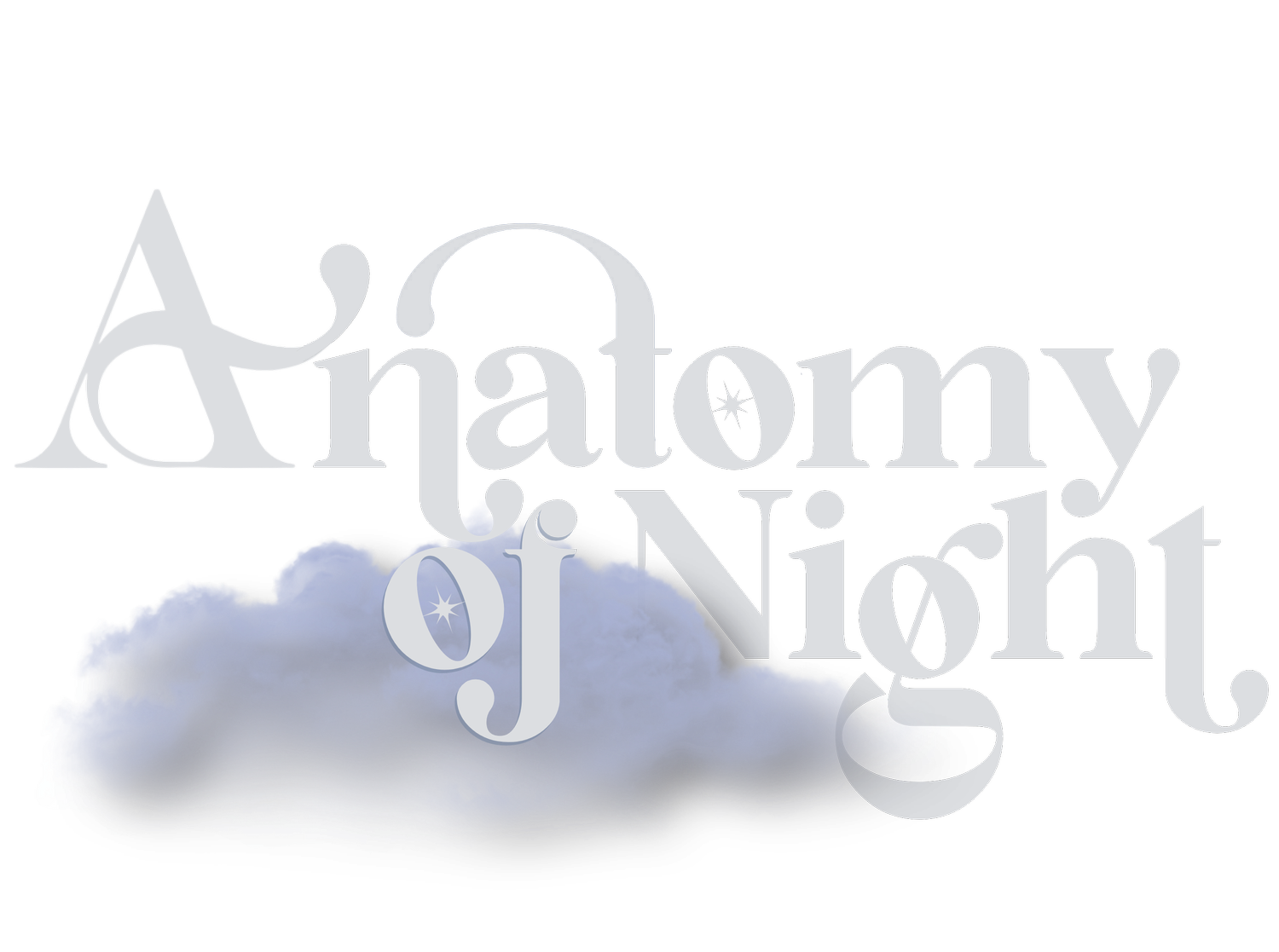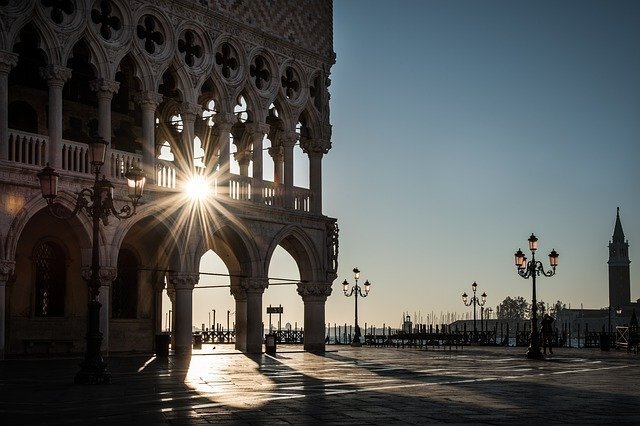Wildlife as Formgiver
Published in LD+A Magazine - June 2020
Form following nature
In 1986, Bill Lam wrote the book Sunlighting as Formgiver for Architecture, articulating an order of design that allows the natural light of the sun to be the first consideration and orienting step. What if we took this approach from other parts of nature, such as the way that wildlife lives and moves on the planet?
As discussed in the previous article Starving for Darkness,[1] the natural daylight cycle tunes behaviors across the planet, creating a complex language and web of interactions both within and between species. Whether it is a tiny dung beetle using the map of the stars to astronavigate, or the phototropism of plants leaning their bodies into the light, the natural daylight cycle is vital to biodiversity and the great conductor of behaviors that have been delicately balanced into place over millennia.
Light is therefore a shared sensory experience across communities and habitats, much like sound. These sensory experiences are the backdrop of our lives together, simultaneously connecting us but also fading into the ambience. While we tend not to notice in our daily lives, the ambient levels of both noise and artificial light have risen significantly in the last century, creating cascades of complex impacts across all species and making moments of silence and darkness on the planet more and more rare.
Light is a shared sensory experience across species
As designers, our lighting of the night has focused almost entirely on human need and safety, and under the premise that more light is safer. While there are certainly times when this is the case, this overly simplistic notion is fraught with contradiction and glosses over the complexities of both the art and science of lighting design.
Unchecked, the concept that more light is safer has resulted in visual clutter, glare, blind spots, disorientation, sky glow, and light pollution, all the while deepening the surrounding darkness and reinforcing this misaligned concept. While we tend to focus more on global warming and the pollution of water and air, sensory pollution may be dangerously overlooked as a factor of climate change.
Our planet has never before been brighter, and yet we have never been more scared of the dark
Very often, we start projects with the parameter of human need, taking into account the needs of wildlife later, if at all. Much tension is created by the fact that environmental concepts are often brought into projects way too late. When we approach environmental design like this, we then associate it with tension and cost.
Yet, when design concepts are brought in from the beginning, there is an ease and softness in their influence, cutting through constraints that might be impossible to get passed later. In fact, the needs of wildlife offer valuable intelligence to inspire form factors, while providing general guidance on the natural design and order that takes place in our environment. A more symbiotic approach does not have to mean a loss of function or an increase of budget. Moreover, designing in ways that are out of alignment with nature are ultimately the most expensive.
What if we reoriented our design process to include the needs of wildlife from the beginning? The following examples demonstrate the prioritization of wildlife within the lighting design process.
Material Selection
Bird-friendly glass can be used to save bird lives
For birds, light pollution is deadly. Whether it is the blanching of the map of the stars from sky glow, or the faux constellations of city skylines, birds are drawn off course, disoriented, and killed due to fatal flight into windows. In New York City, the death toll per year is estimated to be up to 230,000, and this carnage has significant impact on bird species.
Recently, a new bill was passed in New York City to address this design flaw. New buildings and significant exterior renovation projects are now required to use bird-friendly materials on the lowest 75 feet of the building, where bird collisions are most likely to occur. Specialty materials such as bird-friendly glass create visual interruptions in the glass surface, allowing the visual system of birds to recognize a physical form, rather than the mirage of a void.
Orchestrating Wavelength
Light color can be tuned to reduce impact upon wildlife
One of the hidden benefits of our previous outdoor lighting sources (such as low pressure sodium) was the limited bandwidth of wavelengths. At the time, this was considered a drawback due to the low color rendering. Yet, how important is highly accurate color rendering in most outdoor lighting design applications? This is a prime example of how excluding the needs of wildlife from our design process allowed the development of priorities that do not truly serve humans. As in, the myopic concern for accurate color rendering in exterior lighting applications drew humans off course from a much higher priority: the welfare of wildlife.
Recently, projects have been popping up to prioritize wildlife by removing triggering wavelengths. In the Netherlands, for instance, streetlighting has been specified to combine the best of both worlds, the efficiency of LEDs and the refinement of spectral content to reduce impact upon species of Bats.
Solar Lighting
Solar lighting can be “planted like a tree”
One of the benefits of solar lighting is that the needs of a solar lighting system are already in alignment with the needs of wildlife, such as turning lights off when not needed in order to preserve and protect the battery. In addition, solar lighting can be ‘planted like a tree,’ eliminating the need to trench and disturb habitats, and avoiding future maintenance of transmission lines.
Currently, the U.S. Department of Energy estimates that 70% of transmission lines are approaching or passed the end of their useful life of 25 years. Furthermore, with the advent of LEDs and advancements in solar technology, smart solar lighting systems deliver reliability while also bringing costs way down, sometimes becoming more affordable than on-grid lighting installations.
Moon Lighting
Moonlight is a powerful and natural light source
Blasting light at night has an oddly self-fulfilling philosophy, as it makes the darkness darker, creating a false perception that still more light is necessary. Moreover, many current strategies of night lighting seem to be emulating natural daylighting, overlaying large swaths of the planet with bright light enough to read by. As mentioned earlier, more light is not necessarily safer. Better put, more uniform and even lighting is safer, letting the eye see what is needed while also allowing adaptation to the natural surrounding darkness.
When possible, some designers are now trying to utilize lighting levels low enough to support, instead of outcompete, the light of the moon. For instance, in a project at the Grand Canyon by Clanton & Associates, night lighting was designed according to moonlight units. A full moon on a clear sky offers 0.25 lux. By lighting to support the use of celestial bodies as light sources, we can increase uniformity and visibility, and decrease our energy consumption. Moreover, many predator and prey relations cycle around the full moon cycle. For this reason, the light of the full moon is an important metric in environmental lighting design.
Cultivating a Light Story
A shared story of light within communities builds connection
Prior to the Industrial Revolution, all living things shared the same basic rhythm of the natural daylight cycle, tuning circadian rhythms and behaviors accordingly. With the development of electrified light, this shared experience was fractured into countless new patterns, frameworks, and experiences around light. As lighting has become more ubiquitous, the choices have felt increasingly haphazard and without greater consideration for a larger, more meaningful narrative around the cycle of light and darkness.
Lighting controls offer an opportunity to reclaim and cultivate a shared story of light within communities. Each community has the opportunity to develop their own arc of light, such as deciding when cultural nighttime occurs and when the collective energy turns to rest.
Dark Sky Places, for instance, have done an excellent job of cultivating a shared experience of light that brings unifying purpose and meaning, including a reverence of shared darkness and supporting the needs of wildlife. By taking inspiration from wildlife, light stories can be reshaped within communities to be more compassionate, inclusive, sustainable, and most importantly, honest about what humans really need in terms of light at night. Just as the lighting of a candle at a key moment in the home can bring meaning, or the tolling of a clock tower creates connection across the landscape, the light story of a community can create a shared bond of experience around the arc of light and darkness.
Darkness is good for humans, too
Making time for more darkness in our daily experiences will make us better and more thoughtful designers
The darkness that we give back to wildlife will also bring great benefit to us. An interesting thing happens when we spend time in the dark: unexpectedly, the bounding boxes and walls around us begin to vanish, and the perceived limits disappear into infinity. Vincent Van Gogh once said, "I often think that the night is more alive and more richly colored than the day." We spend so much of our waking life in constant brightness and all the activity that comes along with it. This leaves no meditative space for consideration of our thoughts and process. Simply put, making time for more darkness in our daily experiences will make us better and more thoughtful designers, whether it is a walk at dusk or eating dinner by candlelight.
By keeping lights on needlessly through the night, we are in a sense not making a conceptual design decision about lighting at night, blindly going along with the idea that more is more. Yet, we can do more meaningful work with less light. If the recent crisis with the coronavirus is telling us anything about lighting, it is that the environment is far more powerful than we are. By bringing wildlife into consideration within our lighting designs, we will work in greater alignment and harmony with the power that the natural daylight cycle holds over all living things.
Jane Slade, MID, LC, IES is the Specification Sales Manager for Speclines in Massachusetts, a lighting manufacturer’s representative agency specializing in outdoor lighting for municipalities, universities, corporations, commercial developments, and transportation agencies through an interdisciplinary approach of blending design, science and the latest technology. Slade is a recent Richard Kelly Grant recipient for her explorations into the social and emotional impacts of light, through her work in creating lighting fixtures from waste materials in India, and through art installations focused on manipulating emotional experiences with light and color. Slade is a member of the IES Committee for Outdoor Environmental Lighting. She is an artist utilizing light as a medium and currently working on an upcoming art show, and also a yoga teacher in her home city, Cambridge, Massachusetts. For any questions or comments, please email: jane@speclines.net
[1] Slade, J. (2018, September). Starving for Darkness. LD+A, 62–65. doi: https://www.ies.org/lda/starving-for-darkness/









